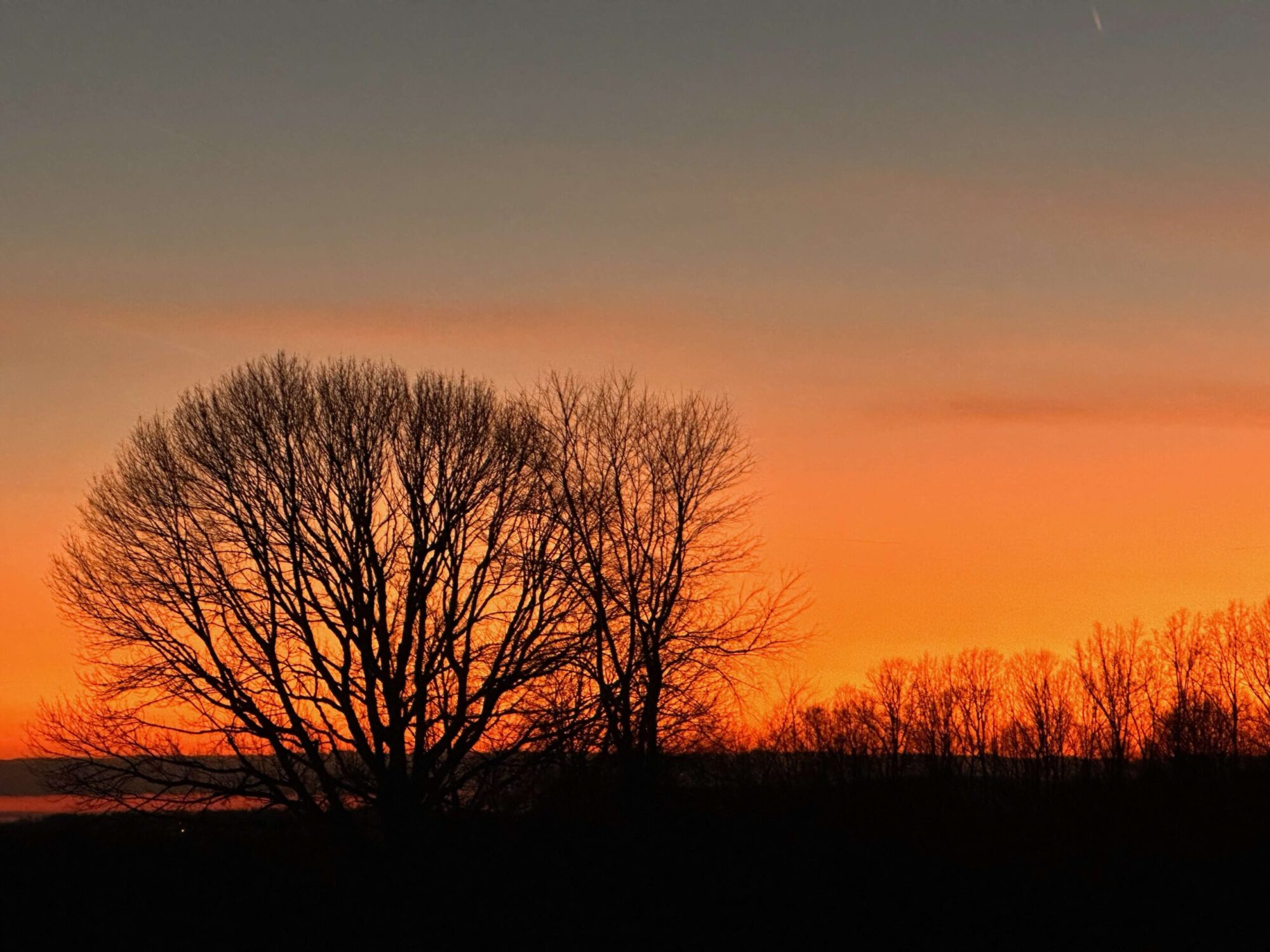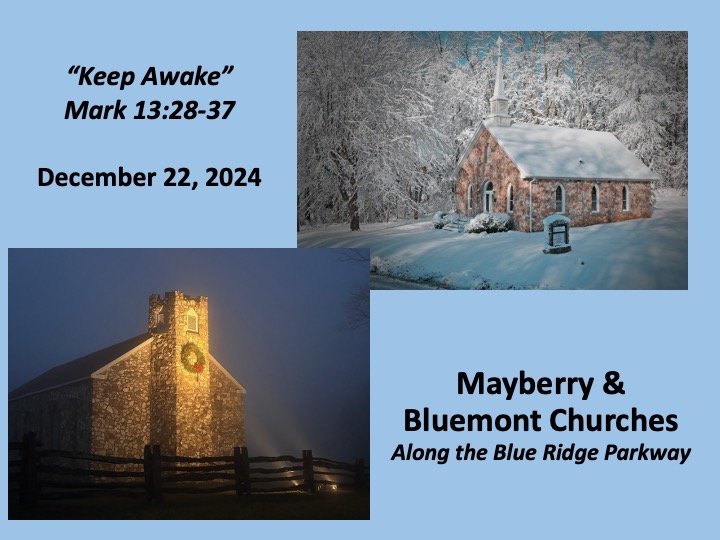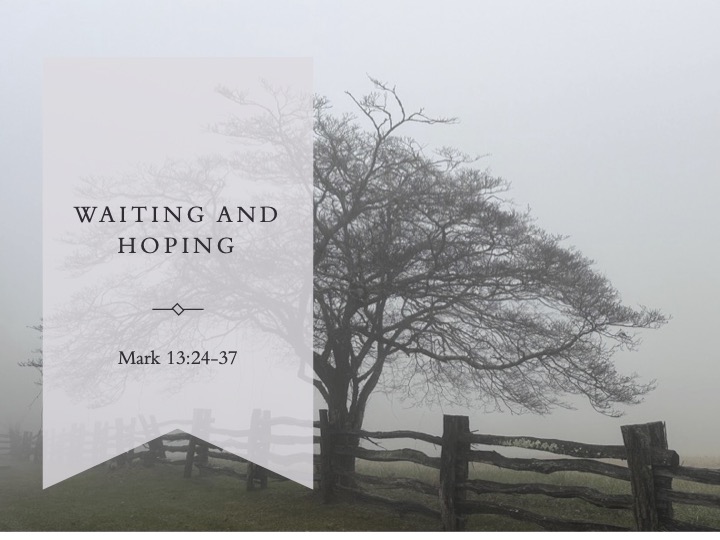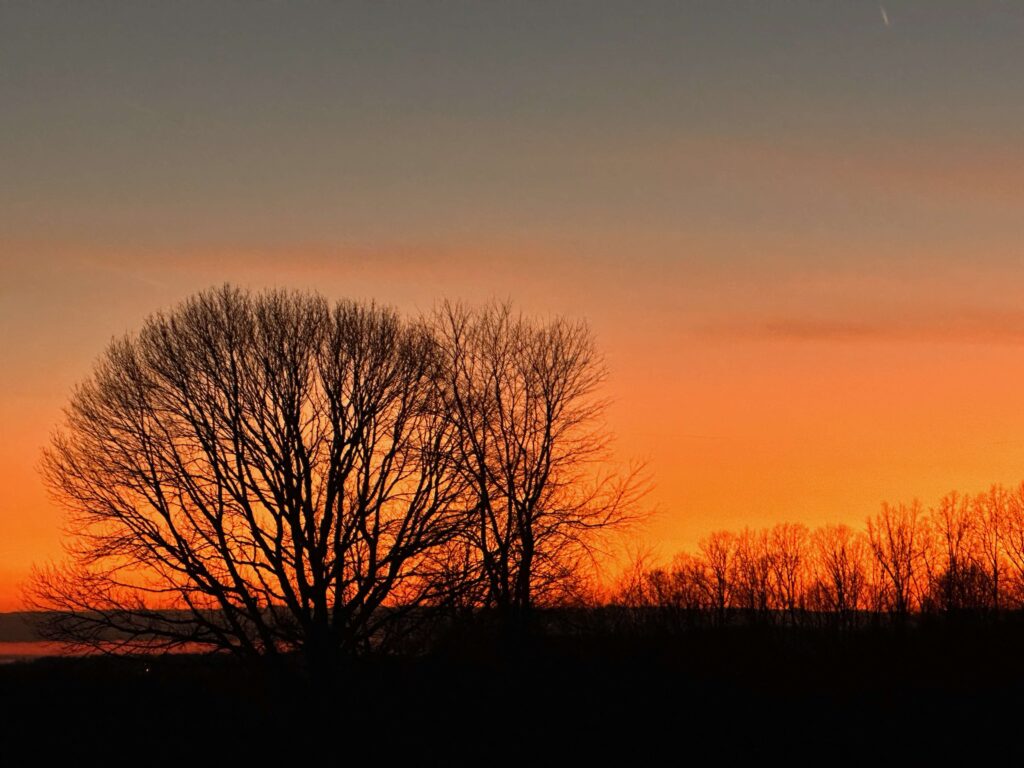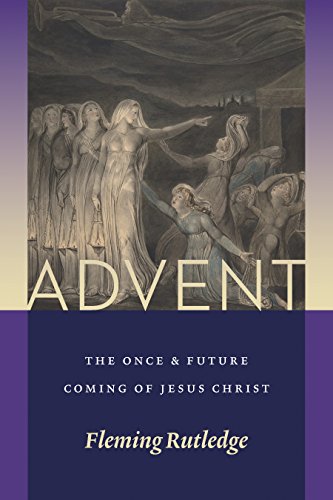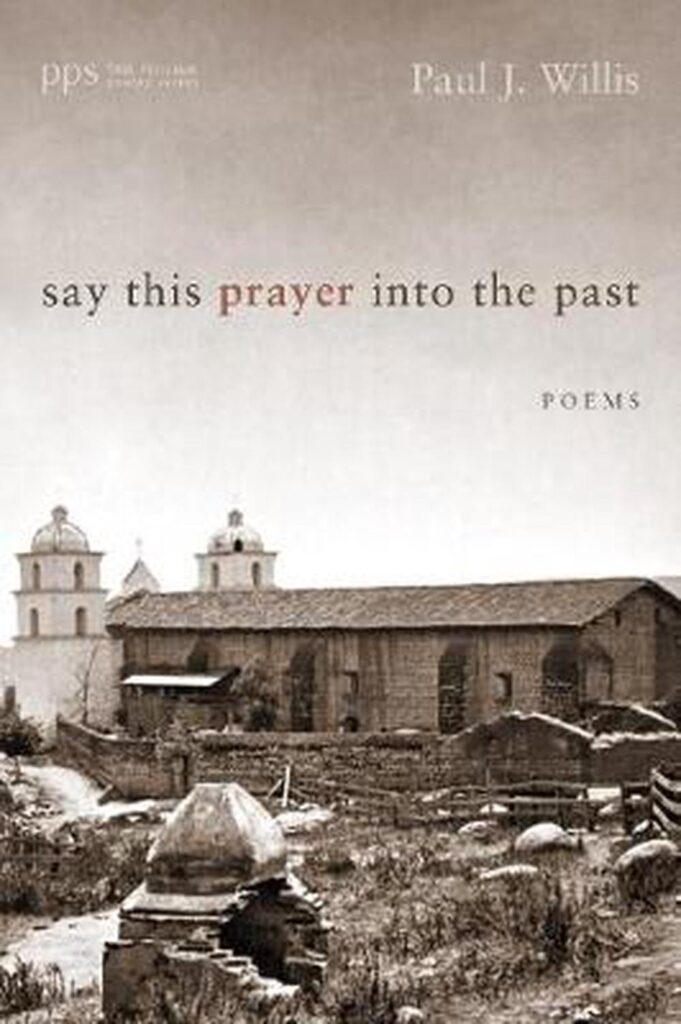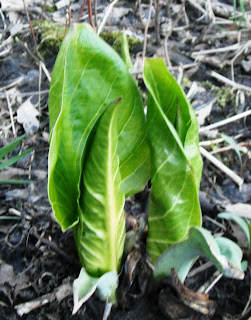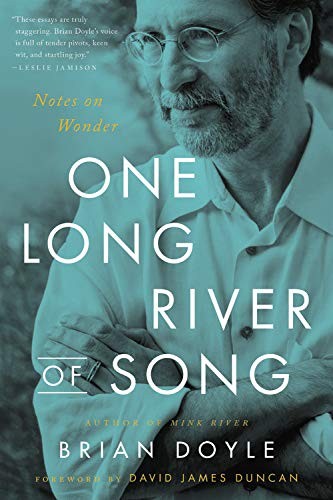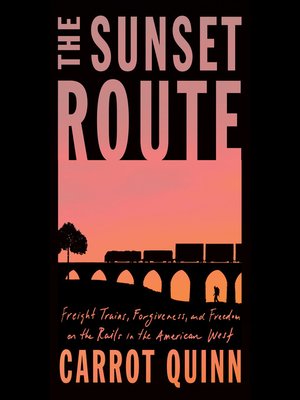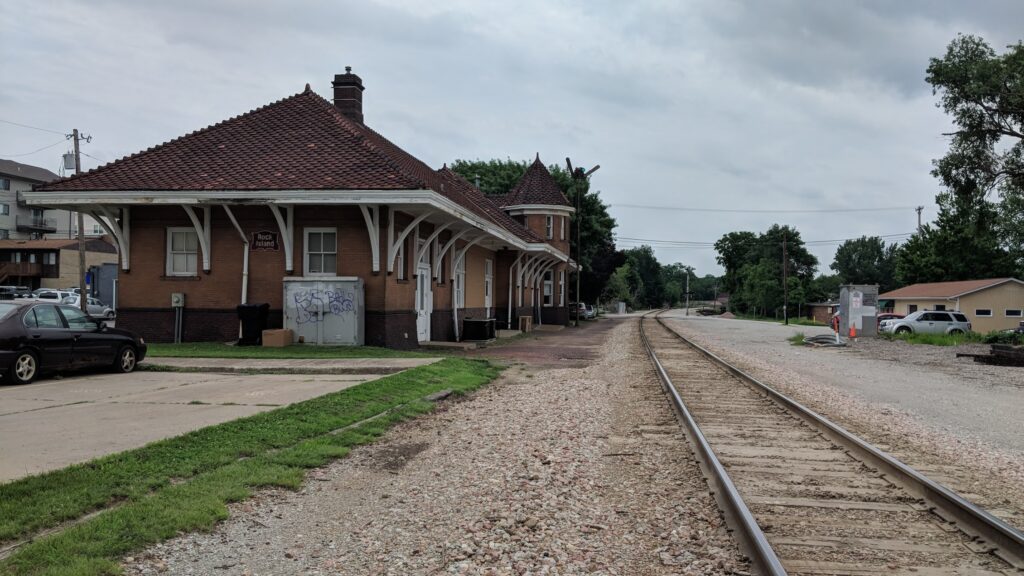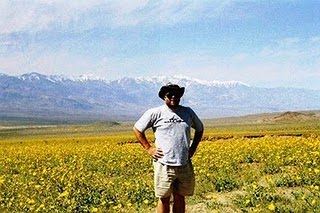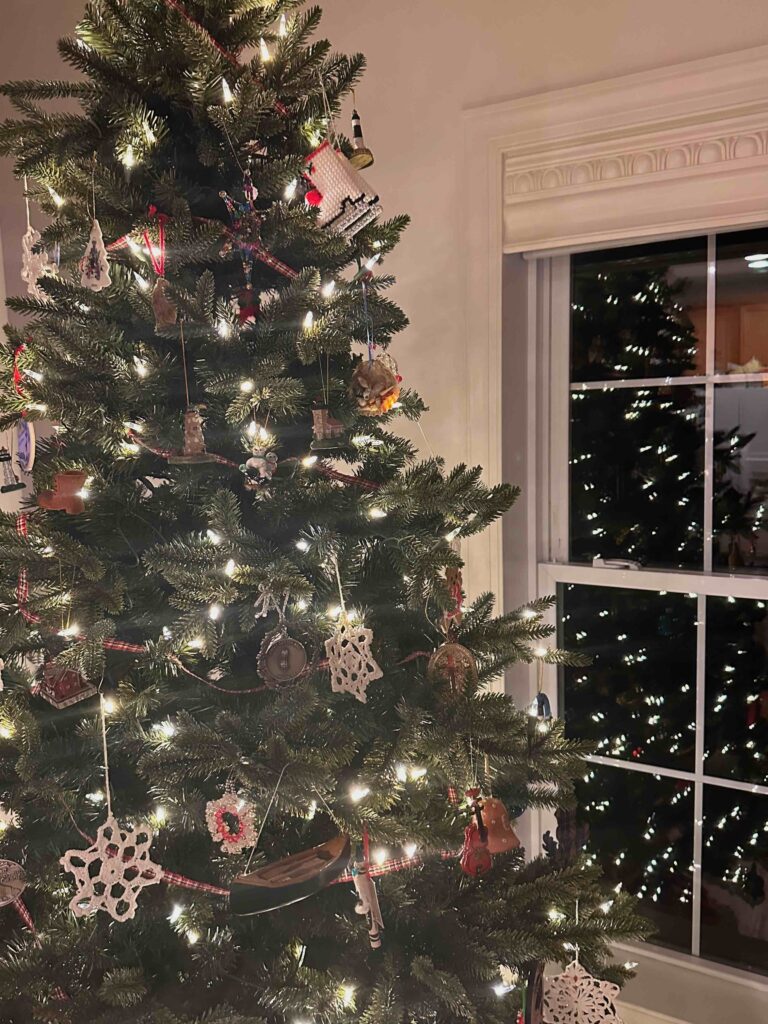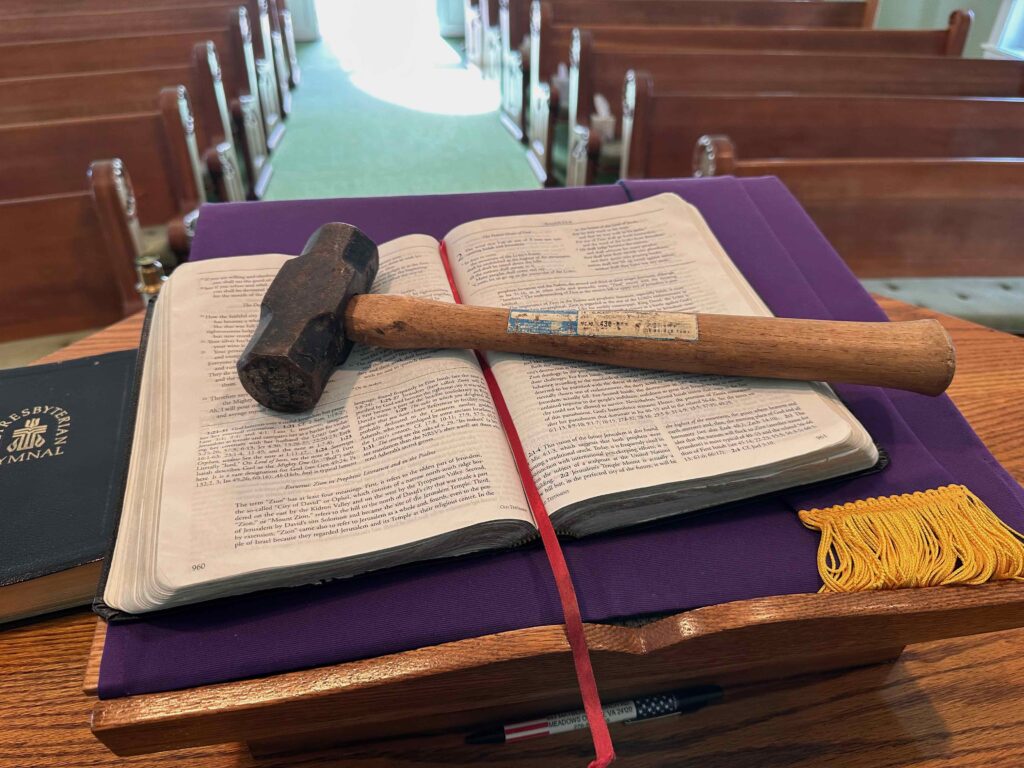Jeff Garrison
Mayberry and Bluemont Churches
Mark 13:28-37
December 22, 2024
At the beginning of worship:
Sarah and her thirteen-year-old sister have been fighting a lot this year. This happens when you combine a headstrong two-year-old, who’s sure she’s always right, with a young adolescent, who knows she’s right. Sarah’s parents, taking advantage of her newfound interest in Santa Claus, reminded the two-year-old Santa watches and doesn’t like it when children fight. At first it had no impact.
“I’ll just have to tell Santa about your misbehavior,” her mother said at her latest outburst. She picked up her phone and tapped in the numbers. Sarah’s eyes grew big as her mother asked “Mrs. Claus” (really Sarah’s aunt) “could you put Santa on the line.” Sarah’s mouth dropped as her mom described to Santa (really Sarah’s uncle) the two-year-old’s behavior. When Mom said that Santa wanted to talk to her, the toddler reluctantly took the phone.
Santa, in a deepened voice, explained to her how there would be no presents Christmas morning for children who fought with their sisters. He would be watching, and he expected things to be better from now on. Sarah, her eyes even wider, solemnly nodded and then silently gave her mother the phone back. After hanging up, Mom (who held back laughter at being so clever) asked, “What did Santa say?”
In almost a whisper, Sarah, sadly, but matter-of-factly stated, “Santa said he won’t be bringing toys to my sister this year.”[1]
We’re a lot like Sarah. We like to read into situations that we are in the right and they (whoever they are, a sister, an opponent, or even a group of people different from us) are wrong. But Scripture reminds us that there is a problem in the world (called sin) and we (as sinners) are a part of the problem which is why we need a Savior. We must be careful at making ourselves out as righteous and others as being in the wrong.
Before reading the Scripture:
Today, we are looking at the ending of the 13th Chapter of Mark’s gospel. This chapter has an apocalyptic feel. On December 1, we looked at the opening where Jesus warned about the destruction of the temple in Jerusalem. He continues discussing the tribulations his followers would face during this time of the temple’s destruction. They want to know when it’s all going to happen, but Jesus doesn’t let the disciples pin him down on a date.
Then he moves to discussing how things will get even worse, as we saw last week. Only afterwards, does the Son of Man return at the end of history. Still, Jesus doesn’t give any clear understanding as to when it will happen, only that we are called to be ready and that the elect will be saved.[2]
Today, Jesus once again uses a fig tree as a lesson, which he did in the eleventh chapter.[3] While Jesus has been emphasizing our need to be ready throughout the 13th chapter, he hits a home run on this topic in the last nine verses.
By the way, and for some of you this may be good news, this will be my last sermon on Mark for two months. God willing, I’ll come back to the book in late February. Hopefully, if all goes as scheduled, we’ll finish the book by Easter.
Read Mark 13:28-37.
Keep awake… That was so hard when I was a child. Sermons were bad as my eyelids became heavy. It was the same in school, especially in a warm classroom without air conditioning or overheating from steam radiators.
Keeping awake was hard, except for on Christmas Eve, when you were told to go to sleep. The difficulty of sleep on Christmas Eve topped even those nights with a tooth planted under my pillow… Something magical was happening. Anticipation arose, keeping sleep at bay. I’d roll and roll and when my parents looked in, pretend to be asleep. The clock kept ticking away.
Keep awake, you don’t know when this is all going to happen and when the Son of Man might appear. It’s been almost 2000 years since Christ left. We’re weary of waiting. It’s not something we’re good at. We fret when we are in the doctor’s office for too long. If we get behind a slow tractor heading down the two-lane sections of Highway 58, we stew. We brood if a waitress forgets or is slow with the coffee pot.
Waiting makes us feel out of control, unimportant, unwanted, and helpless. Yet, we wait all the time. Children wait for Christmas morning. Parents wait on children to go to sleep. And the more we wait, the more our blood pressure rises. When is it going to all happen?
And then, Advent rolls around in the church calendar. A period of waiting. It’s counter-cultural, for we are a society of people who want instant gratification. However, most people probably don’t mind waiting for Christ’s return. After all, we can put off the important things in life for another time. But that’s risky, Jesus says. That’s a gamble we shouldn’t take. Stay awake.
Mark provides us with a gloomily picture in this chapter. As I pointed out in my first sermon, much of it refers to the destruction of the temple which occurred in 70 AD. It was a period of false Messiahs and great upheaval. But in verse 24, Jesus moves to discussing his return. One way of looking at this passage is how, with the temple gone, the focus is on the Messiah, the risen Christ.
The Jesus who lives in our heart and is present in the church, which represents him in our world today. So yes, Jesus is here with us now in Spirit, but he’s also coming back in person…
In a commentary on this passage, Scott Hoezee, a friend, emphasizes tying together the two sides of Advent:
“If the first advent of Christ has any meaning whatsoever, it is only because he is coming back to judge the living and the dead. If he is not coming back, then there is nothing to celebrate at Christmas…. If ditties along the lines of ‘Have a holly jolly Christmas’ could cure what ails us in this life, then there never would have been any need for God’s Son to go through the bloody trouble of coming here in person.”[4]
As I said earlier, there is a problem in the world. As sinners, we’re a part of that problem and Christ is the solution. We need Christ not just to atone for our sins, but to give us hope for the future.
Our passage for today begins just after Jesus speaks about his return as the Son of Man. Jesus now returns to a familiar them for the entire chapter, our need to be ready. He uses a fig tree as a lesson. Just a day or two beforehand, Jesus cursed a fig tree for not providing fruit, and the tree shriveled up and died.[5] The fig tree was often used by the Prophets as a symbol of Israel.[6] Now, instead of a fig tree withering, he speaks of when it blooms, which is later that most trees. When it blooms, you know summers is at hand.
Remember, this whole chapter builds upon the question from a handful of disciples concerning the temple’s destruction.[7] With the temple gone, God will not be seen in relationship to the temple. Instead, God will be seen through his Son, our Lord, Jesus Christ. The fig tree which appeared dead in winter, puts forth new sprouts and is alive. Christ, who was dead, is resurrected.
Jesus doesn’t give an exact time for this to happen, instead he points to what will happen. The resurrection will happen soon. While the disciples are clueless, we know it’s at hand as we’re in the last week of Jesus’ life. Of course, his return will occur at a much later date.
But instead of focusing on his return, in verse 31, Jesus speaks of his eternal nature. Heaven and earth can pass away, but his words will not pass away. God is eternal, all else is temporal. Here, Jesus hints at his divinity.
Then we move to the final section of this paragraph. Jesus begins, in verse 32, with a problematic passage which has been debated since the second century. Jesus (at least the earthly/human Jesus) doesn’t know when it’s going to happen. Only the Father knows. We should understand how Mark depicts Jesus as following the Father’s plan.[8] Furthermore, maybe this is Jesus’ way to tell the disciples not to ask for specifics about his return. Like a parent telling a kid, they don’t know, it’s up to the other parent, Jesus deflects further questions.
This section, however, is primarily about our need for watchfulness. Are we doing what we should be doing. Of course, “Keeping awaken,” doesn’t mean skipping sleep. Then we’d be less watchful for we’d be exhausted. Instead, we’re to be ready. The chapter ends with the imperative, “Keep awake.” Or as The Messagetranslates the ending verse, “Stay at your post. Keep watch.”
One commentator on this passage writes, “vigilance, not calculation, is required.”[9] We’re not to be trying to figure out when Jesus returns. Instead, we’re to be ready.
The use of the story about the slaves or servants waiting on the master implies that they have assignments to do. The same is true for us. Jesus has given us marching orders, things we’re to do while the Master is away. Interestingly, with this final section in Mark 13, there are no signs given. The slaves don’t know when to expect their Master, so they must continue with their tasks… Likewise, those who follow Christ are given tasks. Are we doing them?
Christ has come, Christ will come again. But until he does, we’re his hands and feet in the world, taking care of one another while telling his story so that others will catch a glimpse of the hope the world has in our Savior. In this way, we’re being ready.
Oh yeah, and we should show patience, especially during this season. There’s a lot of stressed folks out there. Let’s show them a better way of being. Amen.
[1] http://www.humormatters.com/holidays/Christmas/xmasjokes.htm
[2] Some scholars suggest that this passage is primarily focused on Jesus’ resurrected glory. See N. T. Wright, Surprised by Scripture: Engaging Contemporary Issues (New York: HarperCollins, 2014), 97.
[3] Mark 11:20-25. See https://fromarockyhillside.com/2024/11/24/what-does-jesus-have-against-fig-trees/
[4] Scott Hoezee, Elizabeth Steele Halstead, Carrie Steenwyk, “Living in Advent: Worship Ideas from the Gospel of Mark” Reformed Worship 89 (September 2008), 9.
[5] Mark 11:12-14, 20-21. Morna D. Hooker, Black’s New Testament Commentaries: The Gospel According to Saint Mark (London: A. C. Black Limited, 1991), 320.
[6] See Jeremiah 8:13, Hosea 9:10, Joel 1:7, Micah 7:1. See footnotes for Mark 11:12-14 in The New Interpreters Study Bible (Abingdon Press, 2003).
[7] See Mark 13:3-4.
[8] James R. Edwards, The Gospel According to Mark (Grand Rapids, MI: Eerdmans, 2002), 407.
[9] William L. Lane, The Gospel of Mark: The New International Commentary on the New Testament (Grand Rapids: Eerdmans, 1974), 482.
